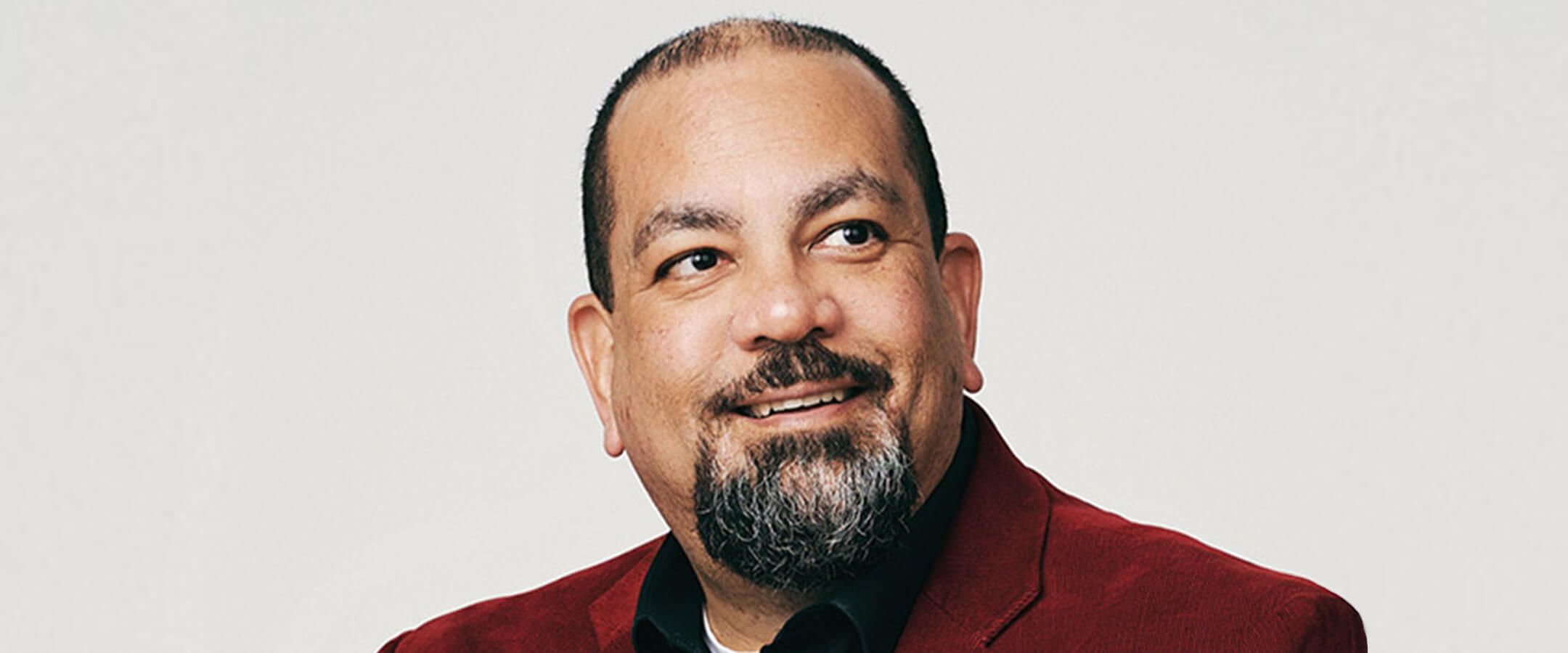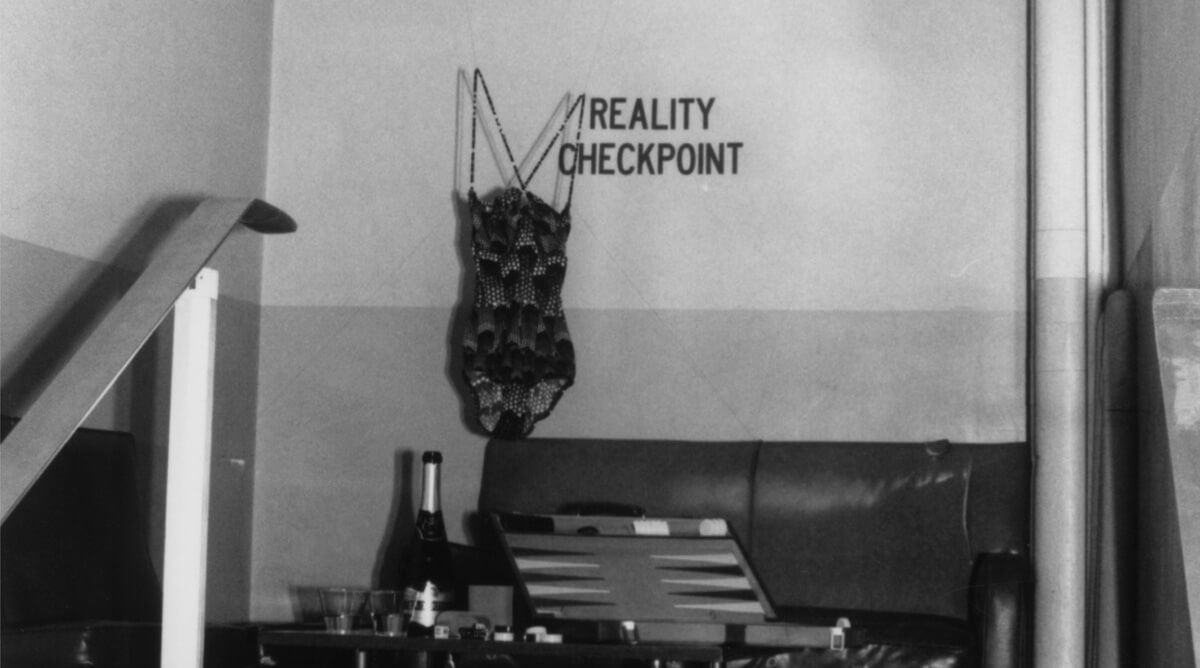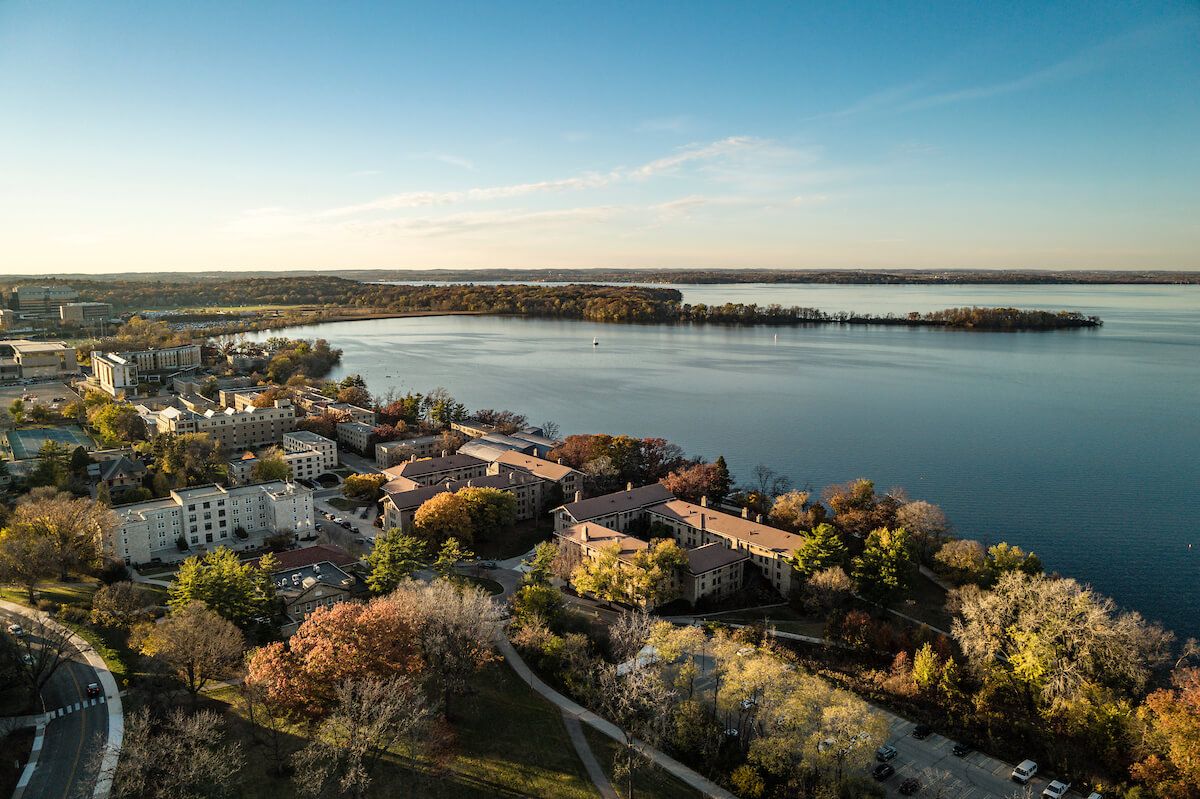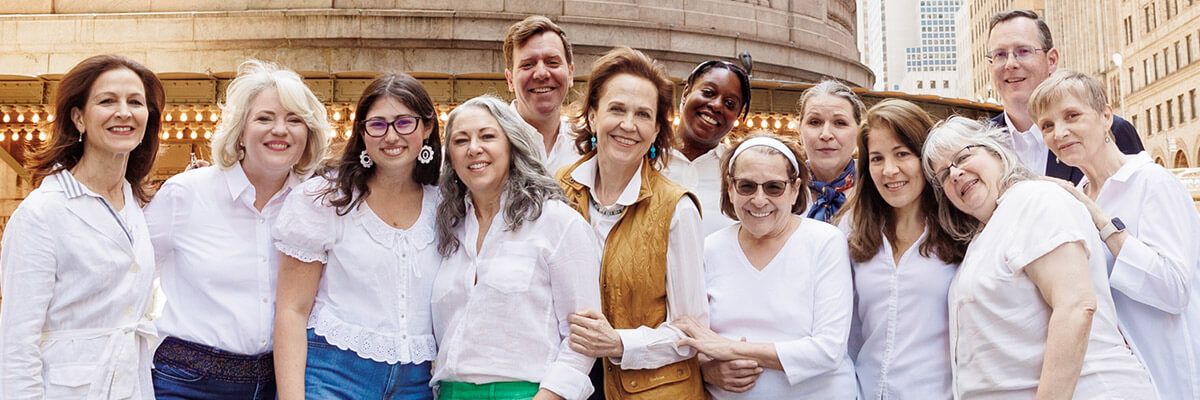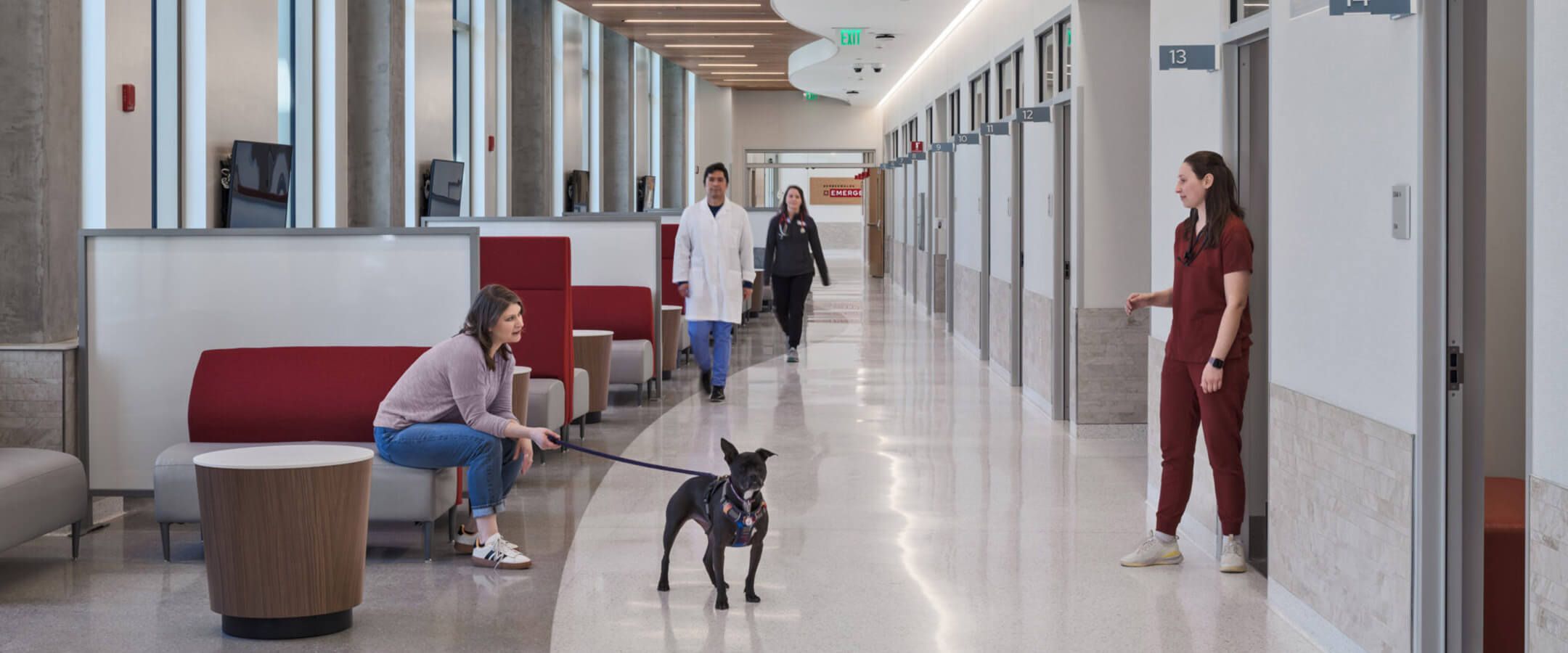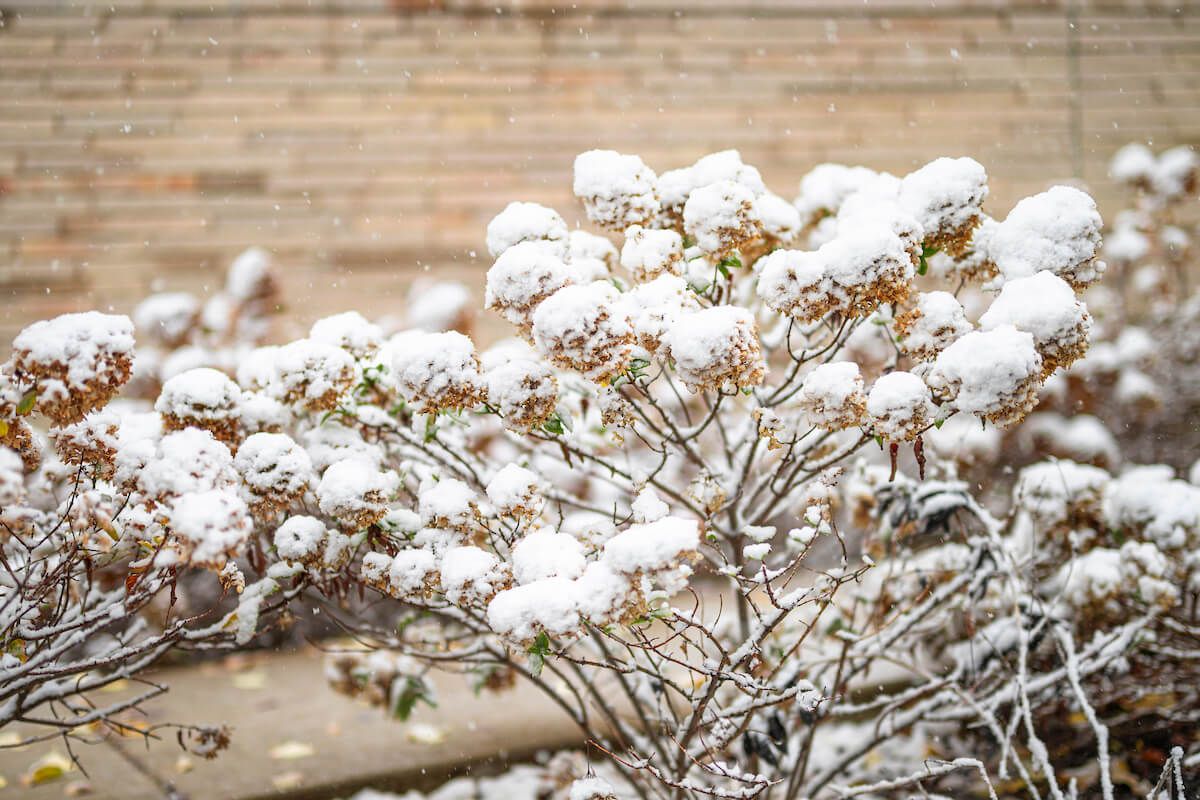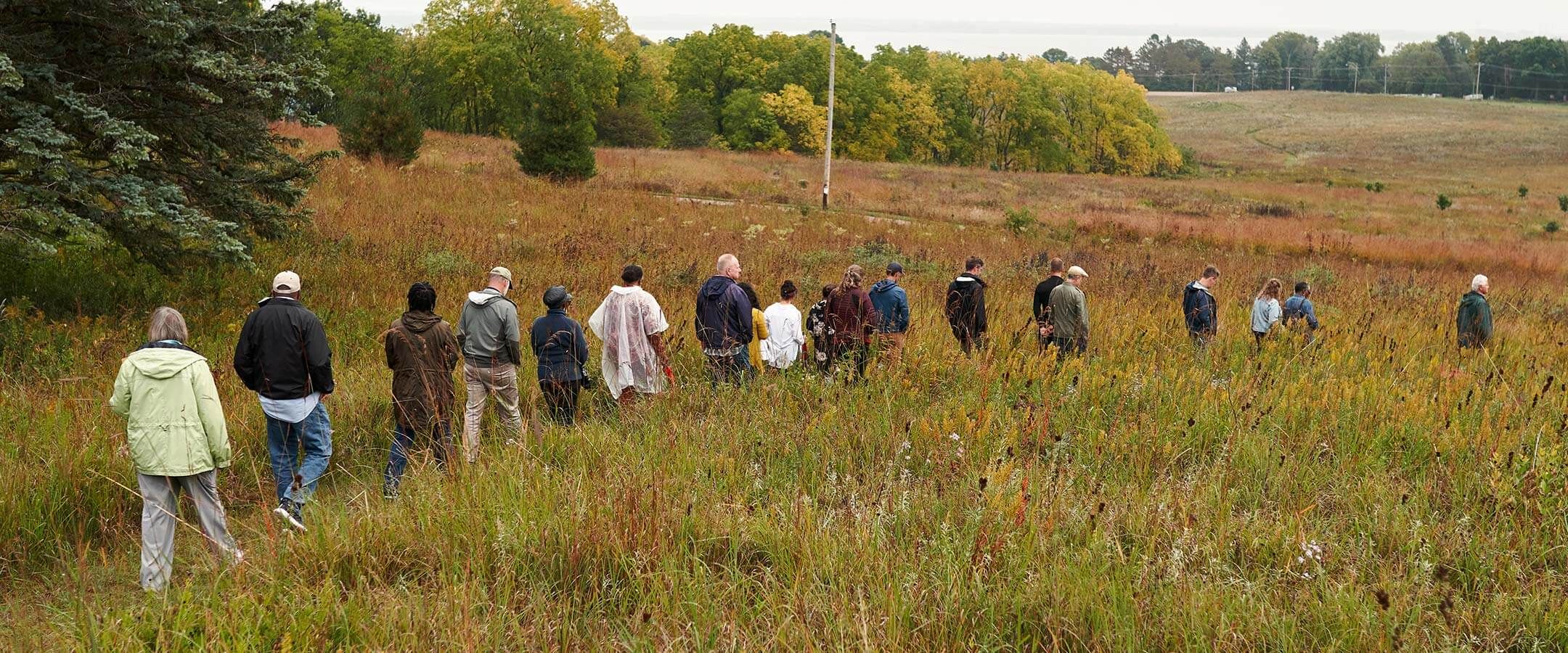At the UW’s College of Letters & Science, there’s a big difference between a laser and LASER. In lowercase letters, a laser is a ray of highly focused light used as a tool in a variety of science courses: chemistry, astronomy, and even geography. In all capitals, it stands for Letters and Science Summer of Excellence in Research — a program designed to pair undergrad students with STEM research opportunities. Four years ago, José Madera MS’92 joined with DeVon Wilson, former director of L&S’s Center for Academic Excellence, and L&S dean Eric Wilcots to create the program, which helps students cut through confusion and gain experience working in labs.
Who takes part in LASER?
Students who have finished their freshman year. This is a feature that distinguishes LASER. A lot of what we call SROPs, Summer Research Opportunity Programs, they bring in students who have completed their sophomore or even their junior year. We wanted to provide these opportunities at an earlier time, to help students to develop a better understanding of what research is about. We try to accommodate them with a research project that caters to their academic interests.
What do students learn?
The expectations are that students are going to be assigned to a project, and they will be able to complete it or to complete parts of it. They need to understand how their lab works, so they’re asked to read papers, to participate in lab meetings, to connect with their principal investigator or research mentor. At the end of eight weeks, they are expected to present at the LASER symposium.
What kinds of labs can those students work in?
It’s pretty much everything from A to Z, from anthropology to zoology. And a lot of members of the faculty in STEM collaborate with research centers and with other disciplines outside L&S. For example, there are a lot of psychology professors who work in Waisman Center. Others work with the Harlow Research Lab.
How long has LASER been going on?
It began in the summer of 2021. It started with three students. We were just out of COVID protocols. They started, they finished, and all of them had great experiences, so we started thinking about how we could ramp it up. So in ’21, we had three. In ’22, we had seven. Last year we had 12 scholars. This year we had 26.
What’s the goal?
The dean talks about 40. That’s the magic number. We need to build a bit more infrastructure to be able to handle that.
Are you getting enough participation from professors?
We have been quite successful, inquiring about research positions for the summer.
What do LASER students do after the program ends?
Some of them have already expressed interest to continue working in their labs during sophomore year. We’re working with them, [talking about] how they can propose that, what type of projects they would like to conduct, how to communicate that with the research labs. Some of [the labs] have agreed to keep them on their own dime.
